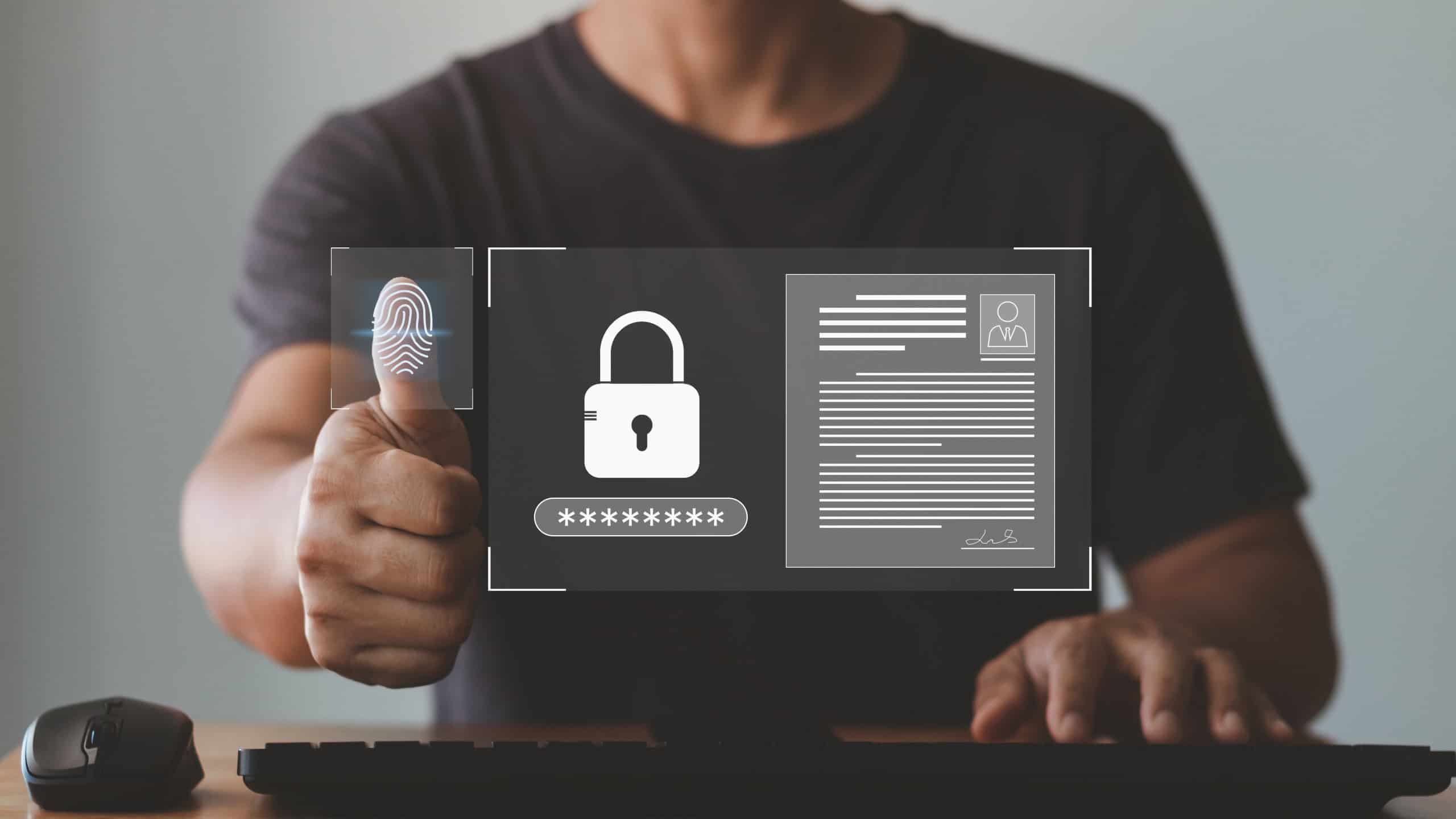Least privilege is a fundamental cybersecurity strategy that originated in RABC (role access-based control), a military protocol where information can be accessed only on a need-to-know basis. This principle in today’s digital landscape has transformed into a complex process to manage access rights in enterprise environments. With organizations increasingly adopting cloud technologies and remote work models, employing least-privilege access is becoming a must-have security approach for driving business agility.

By facilitating the Least Privilege Principle, PAM is a critical component of compliance with regulations like the NIST Standard.
What is Least Privilege Access?
However, the least privilege principle limits user access to the minimal rights to perform a given job function. This principle applies to user accounts and system processes, devices, and applications, limiting each entity to the minimum access necessary for its purpose. It understands that unneeded privileges, exposure risks, and potential attack surfaces are unaffordable.
This systematic limitation of access acts as an essential security precaution, significantly decreasing the attainable range of attack and diminishing the organization’s risk exposure. Granular access controls enable organizations to contain security breaches and prevent their impact on essential systems and data. This approach is instrumental in complex enterprise environments where numerous users, systems, and applications share access to sensitive resources.
Compliance With Regulations and Industry Standards
The principle of least privilege has become embedded in major security regulations and standards. For example, Section 5.6 of the NIST Standard stresses “Defense in Depth” strategies and precisely how to protect privileged and shared accounts. Regulatory mandates establish standards for role-based access control configurations based on principles of least privilege and necessitate the adoption of Privileged Access Management (PAM) solutions for compliance.
How will you comply with industry regulatory requirements ? which increasingly require organizations to provide comprehensive access controls and detailed audit trails?
Strategic Advantage
With the least privilege principles, more security leads to more stability by controlling access. This allows organizations to monitor and maintain their network resource reliability more effectively and limit the potential effects of the changes. This works well to contain the vulnerabilities and prevent them from being transmitted on interlinked systems and applications. The reduced number of access management simplifies troubleshooting and system maintenance activities.
Mitigating Insider Threats
This principle protects privileged account access and is an excellent defense against insider threats. By granting just-in-time and just-enough-permissions access to users, the potential for unauthorized access and compromise of a system is significantly reduced. This allows you to limit your environmental footprint, eliminating excess system visibility and making unauthorized actions obvious faster. By leveraging these capabilities, organizations can secure sensitive data and intellectual property while preserving operating efficiency.
Enhanced Security Posture
Reducing when to be privileged makes systems and networks more secure by ensuring that organizations only have access to what is necessary. A smaller attack surface means there are fewer points of entry for a malicious actor, and access controls that are granular in nature allow you to monitor user activity closely. This end-to-end access management framework enables preventive and detective security controls to protect critical assets through multiple layers of security.
Strategies for Practical Implementation
A proper privileged accounts and credentials audit of user and local accounts to discover existing privileged accounts. This includes accessing such an environment using advanced discovery tools that can map privileged access points and highlight potential security gaps throughout the infrastructure, providing complete visibility of the access landscape. This will be the first step in designing effective access control policies that meet business needs.
Access Rights Optimization
The first step would be a deep-dive analysis followed by re-instating the access based on the necessity for each user and system. Modern PAM solutions empower admins with granular privilege management, where they can:
- Grant granular, role-based access permissions
- Implement time-bound access controls
- Maintain detailed access to audit trails
- Automate privilege management workflows
- Monitor and analyze access patterns
- Enforce separation of duties
- Temporary elevation of user privileges
- Task-specific access grants
- Automatic privilege revocation
- Session monitoring and recording
- Real-time access policy enforcement
- Automated workflow approvals
Integrating PAM with Least Privilege
Least privilege is a compelling principle for deploying well-baked access control, and it works even better when it’s built into a complete PAM system. The new generation PAM solutions provide centralized administration features that help streamline the privilege management process while ensuring strong security controls. These platforms offer advanced capabilities to manage experience-privileged sessions, passwords, and access requests throughout heterogeneous IT environments.
Air-gapped administrative access, for example, is a feature of more advanced PAM implementations that offers preventive security by preventing direct exposure to backend systems. In such an approach, the administrative overhead associated with access management decreases drastically while defenses against internal and external threats are bolstered. This gives organizations improved visibility, control, and accountability over their privileged access ecosystem.
Accessibility Security — Closing the Gaps
As cyber-attacks continue to rise, stronger access management controls are necessary for organizations to protect their systems and comply with new regulations. The least privilege principle provides enormous security wins, but its implementation requires innovative PAM solutions that will grow with the organization’s needs.
- Enforce consistent access policies
- Maintain detailed audit trails
- Respond rapidly to security incidents
- Adapt to changing compliance requirements
- Support digital transformation initiatives
- Enable secure remote access
- Foster collaboration while maintaining the security
By leveraging a strategic approach to access management, organizations can foster a resilient security posture that safeguards their critical assets while ensuring efficient operations and sustaining stakeholder confidence. As cyber threats evolve, the principle of least privilege is essential to an effective cybersecurity strategy.


